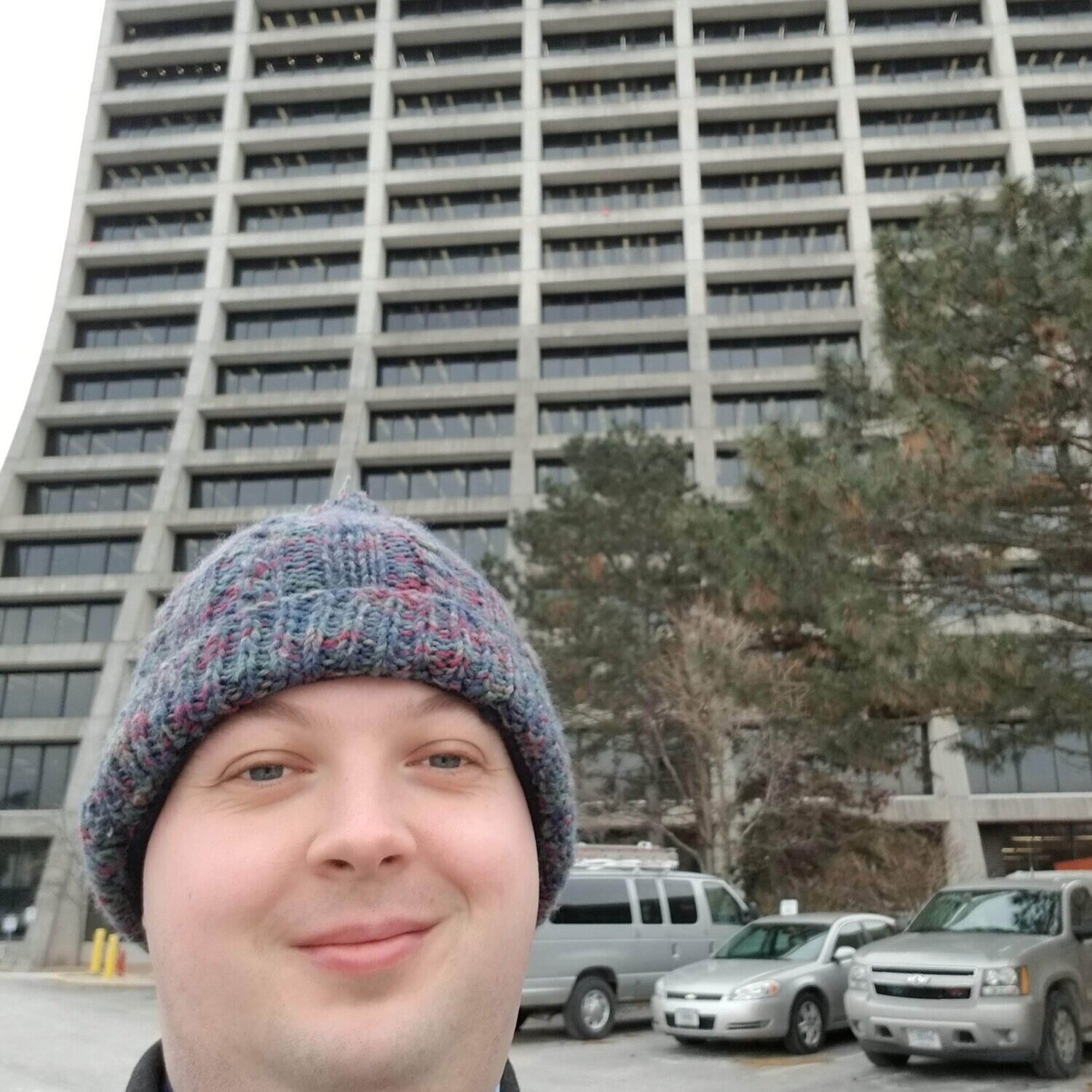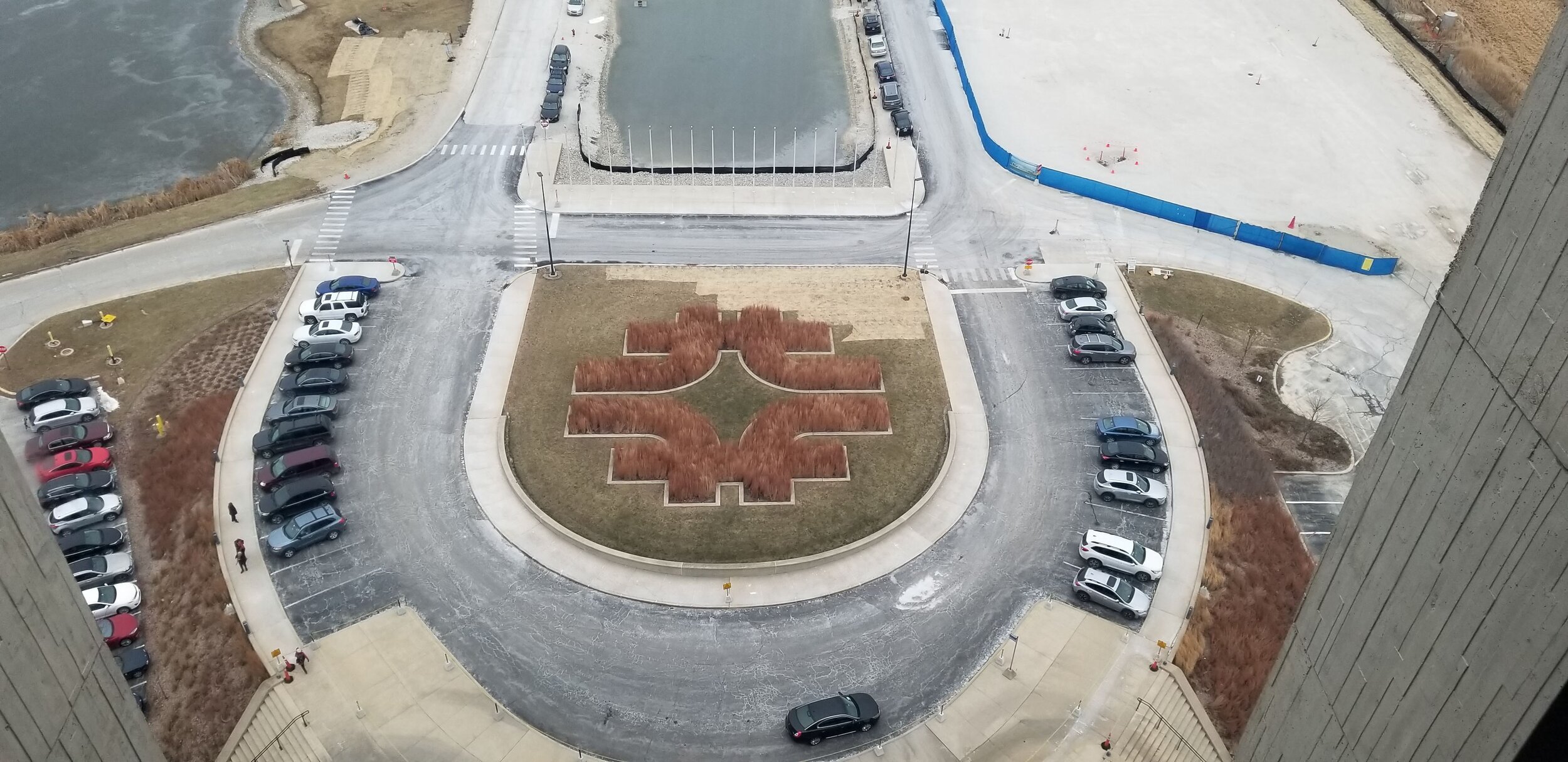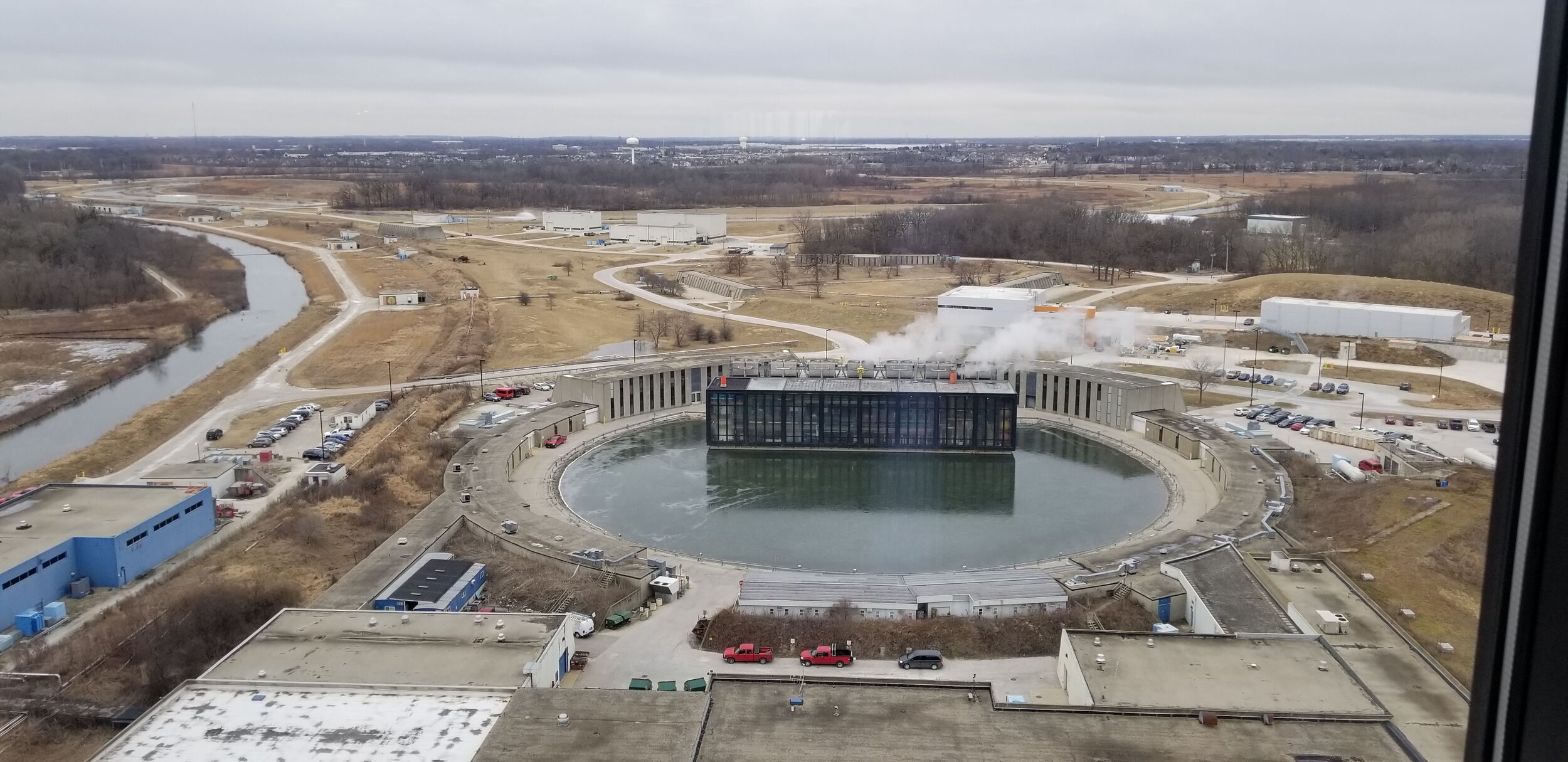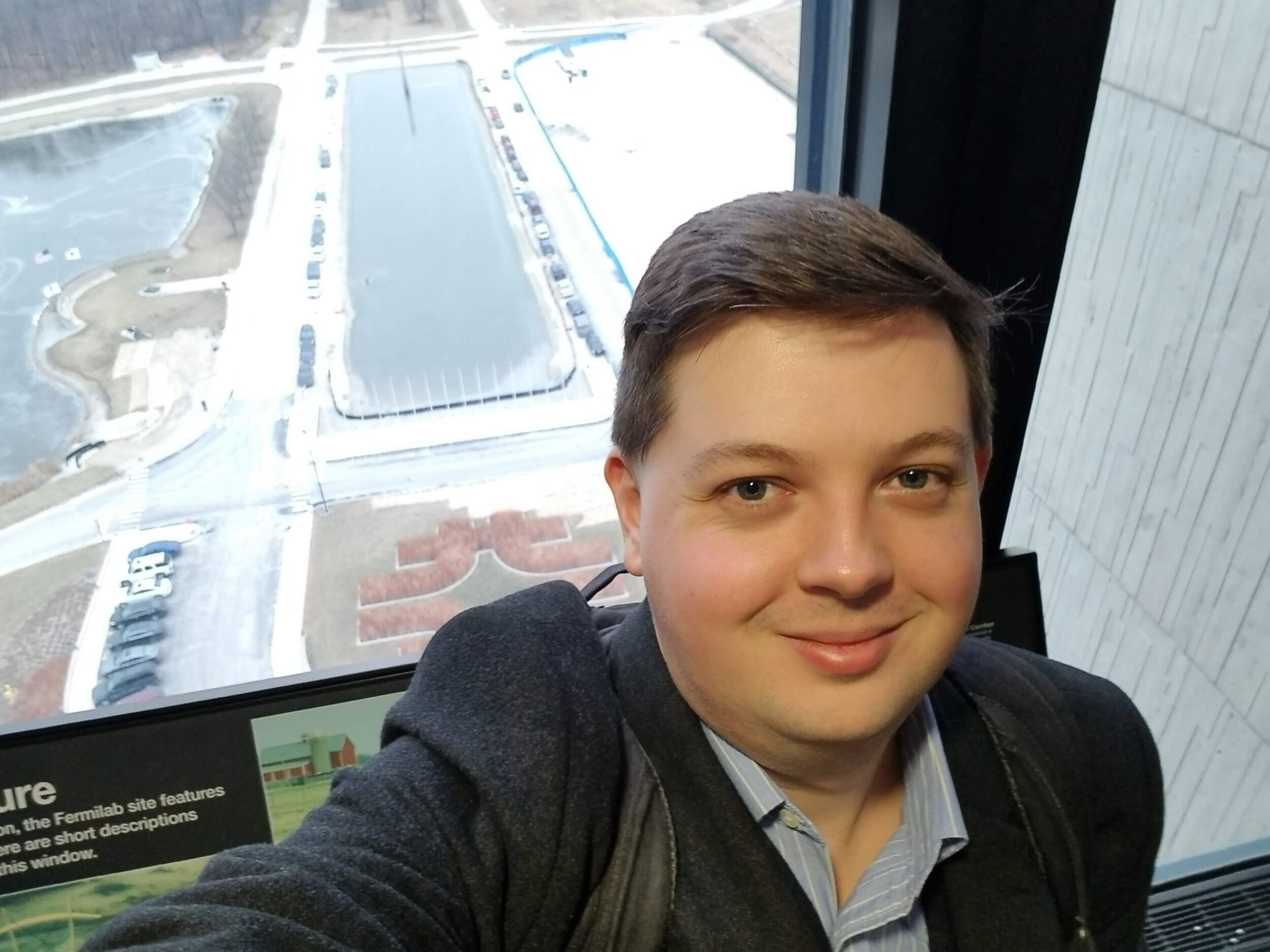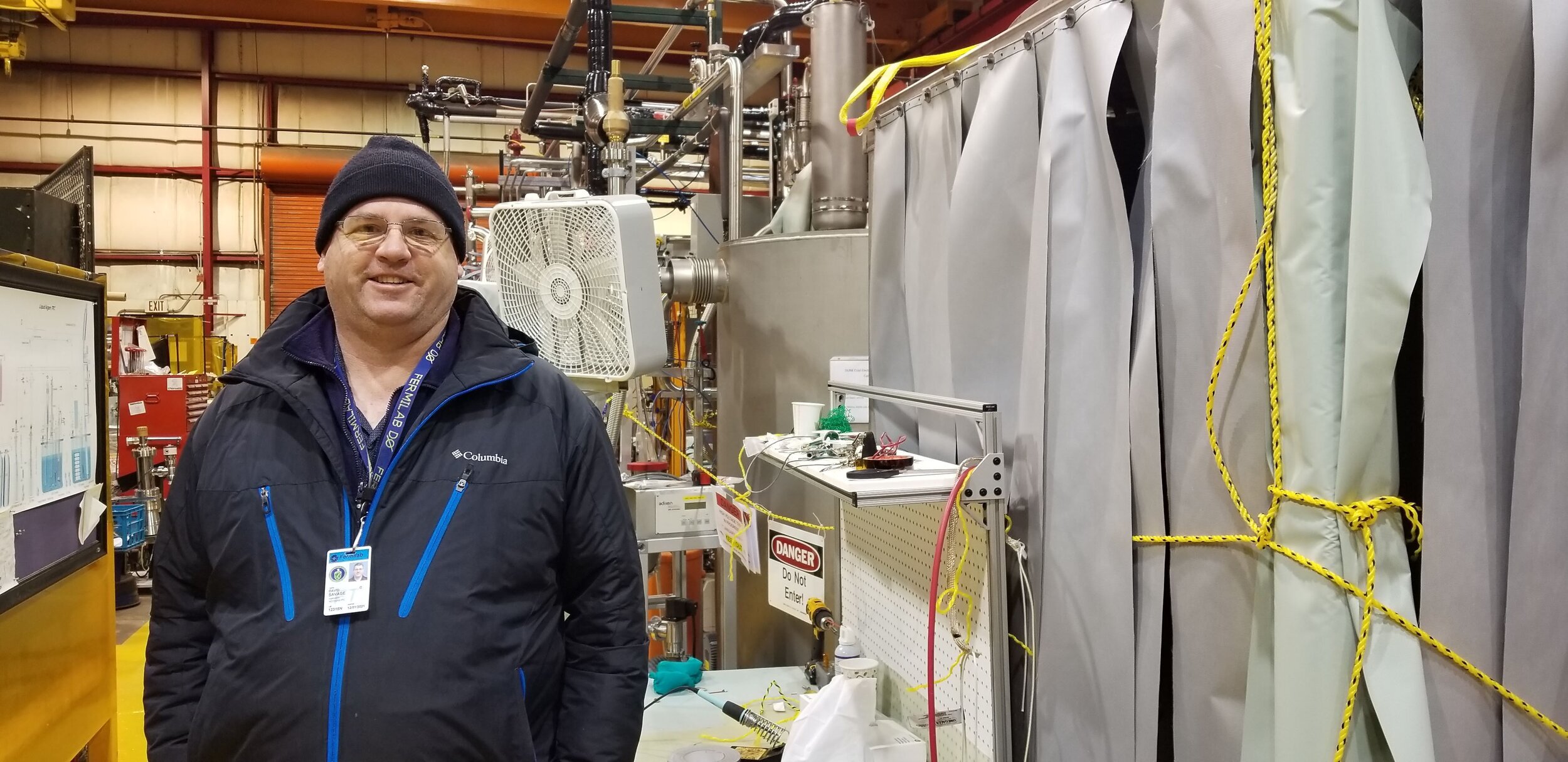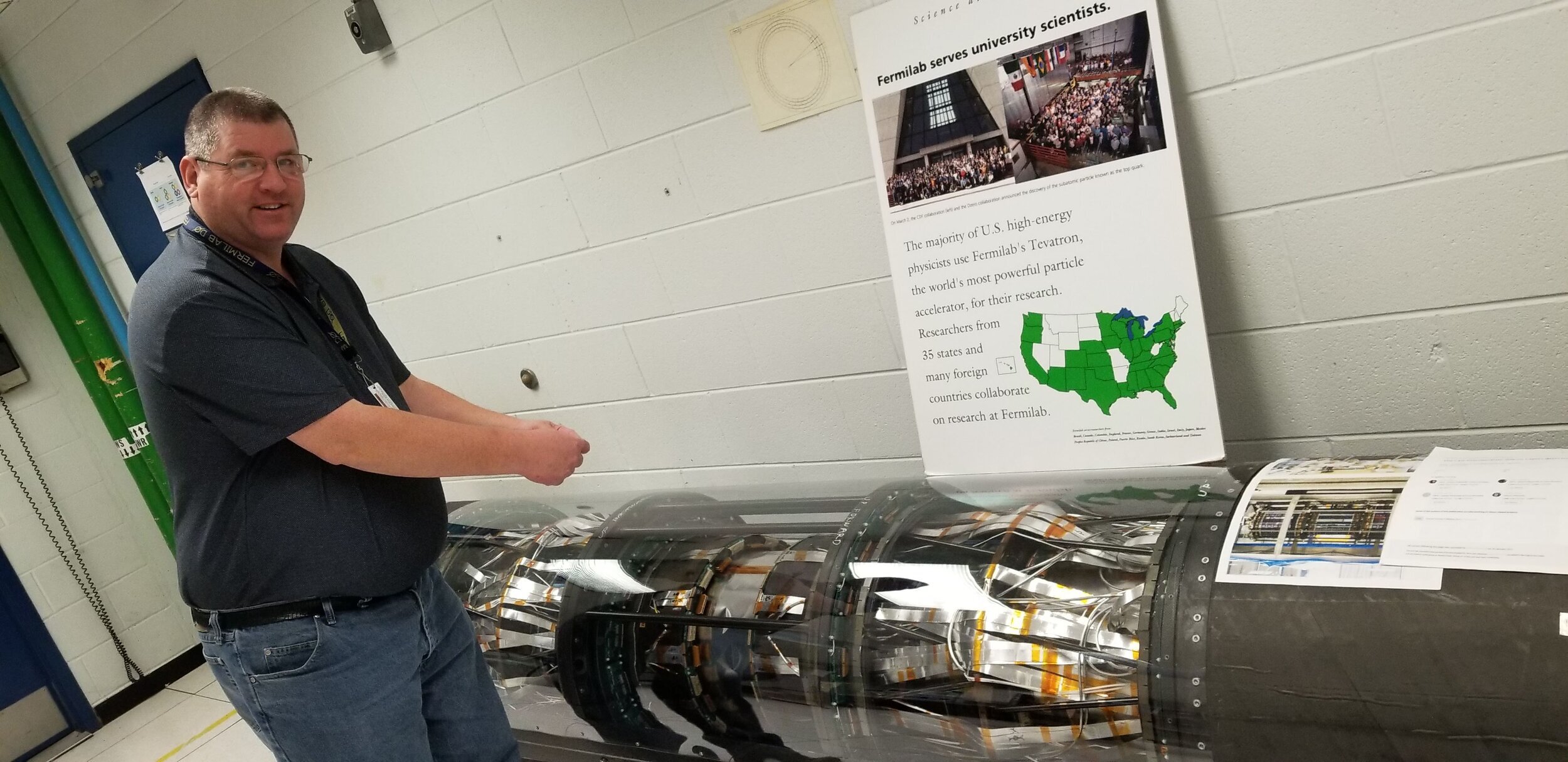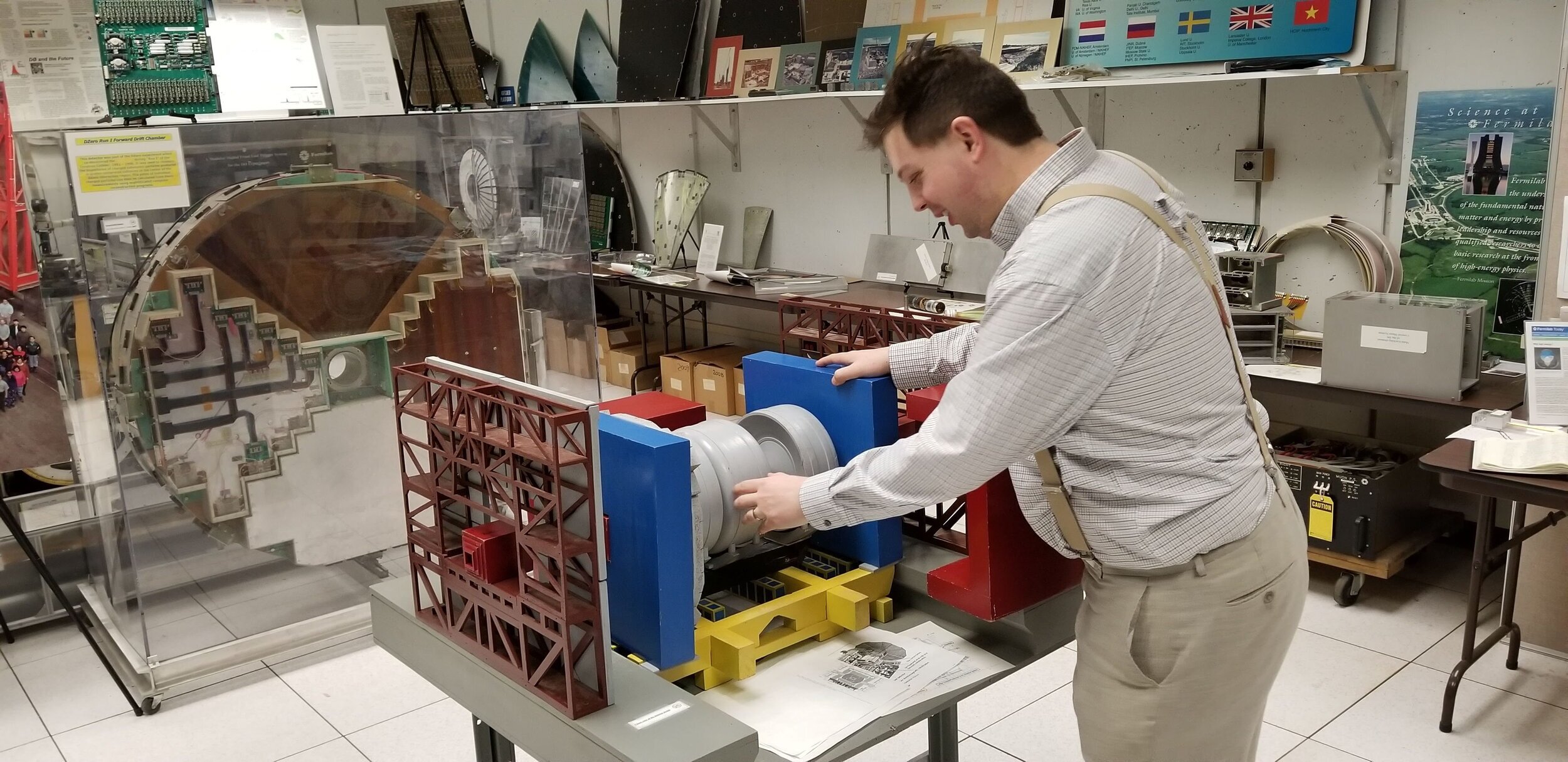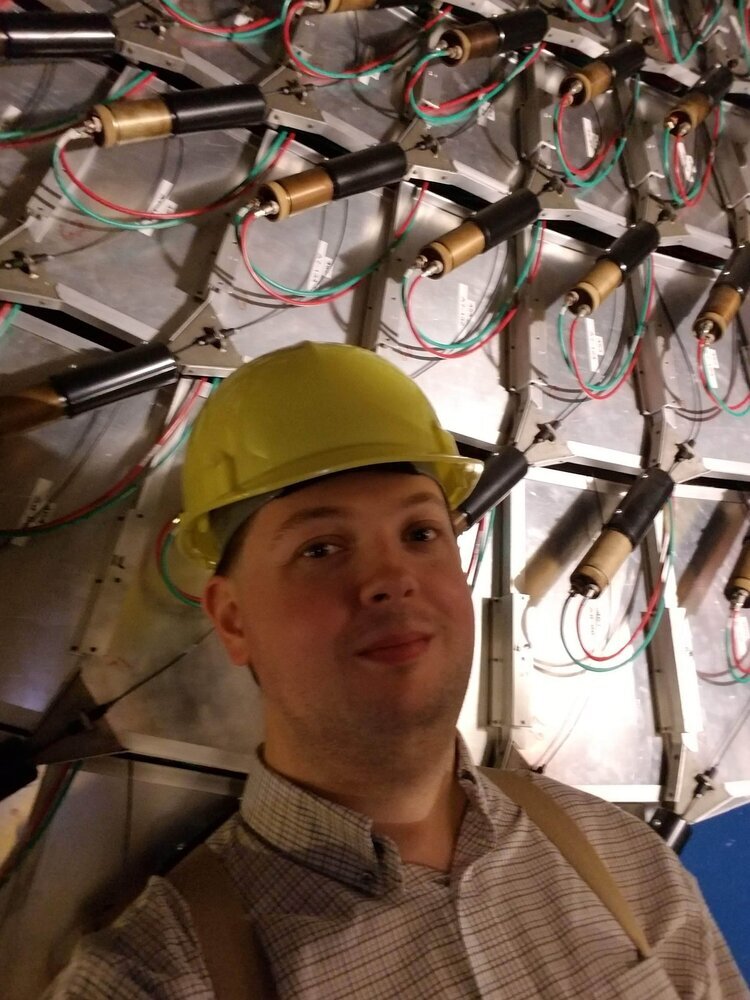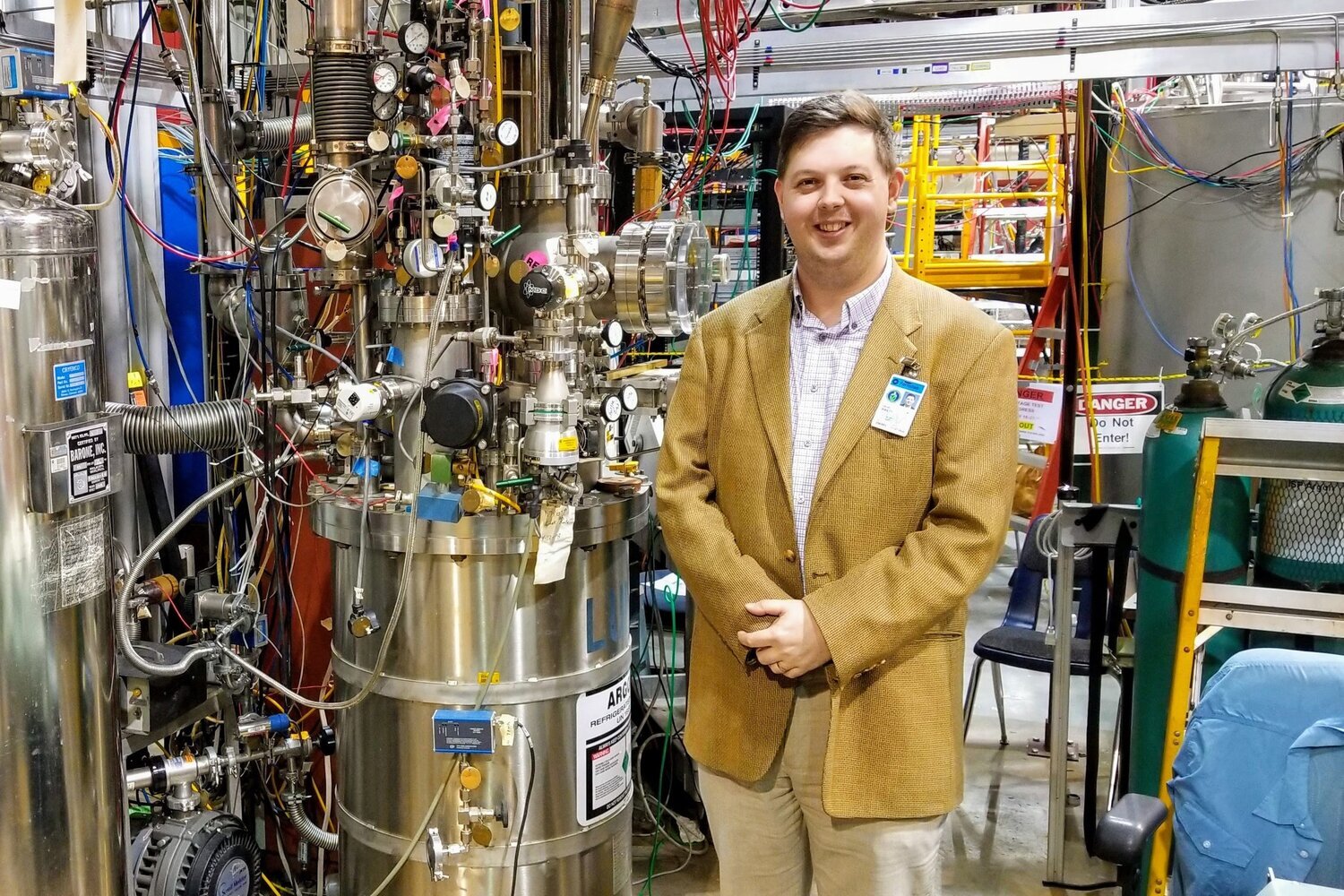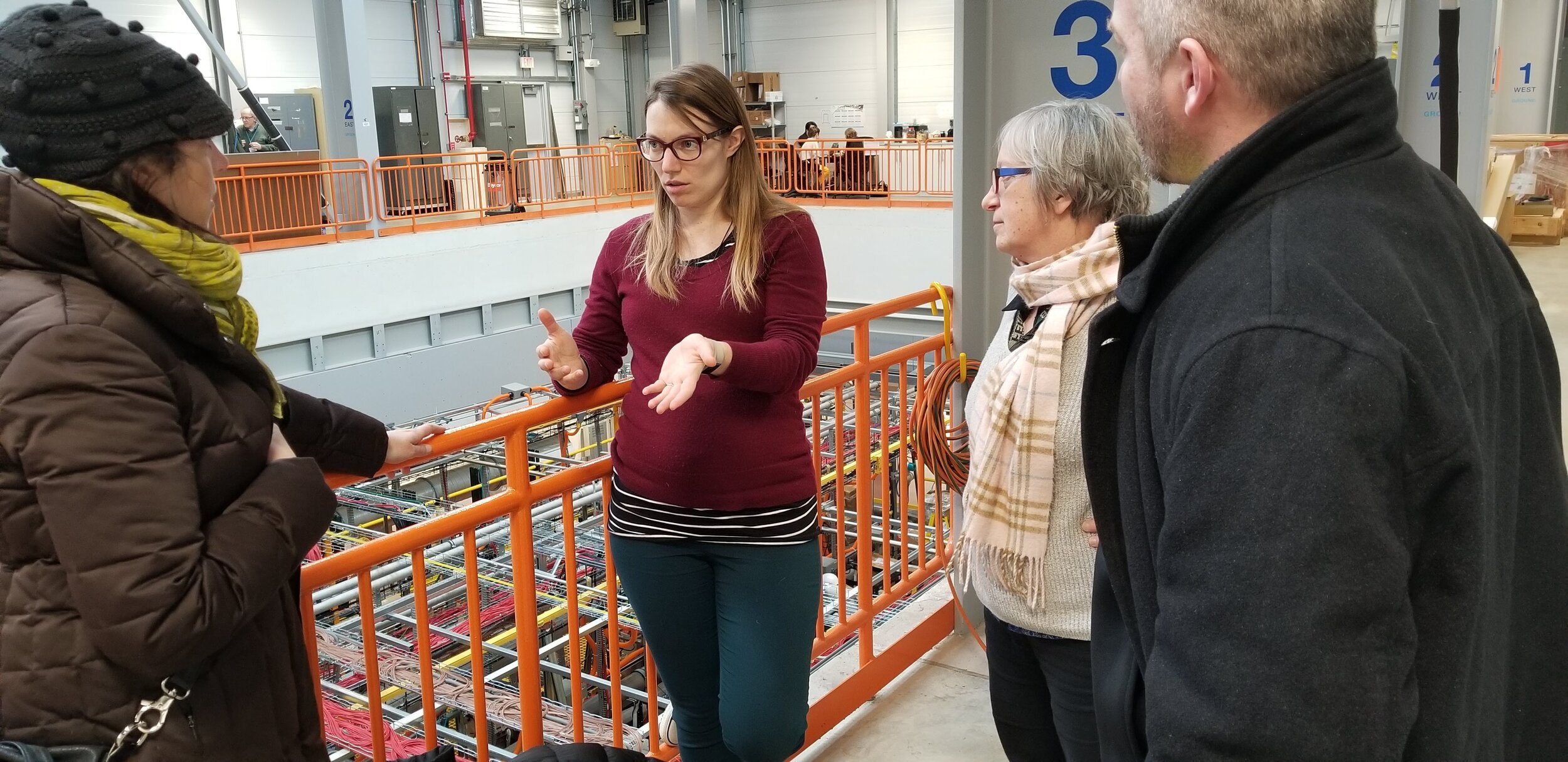neutrino music: II
A Composer’s Journey To Particles Unknown
at Fermilab National Accelerator Laboratory
Particle of Doubt: Music Video
Graph of electron neutrino oscillation simulation by Balázs Meszéna
Sonified for violin, viola and cello by David Ibbett, featuring Soprano Beth Sterling
Deep Underground Neutrino Experiment (DUNE) video courtesy of Fermilab
as covered in Forbes Magazine
From David
Tired but grateful parents
The last few months have been quite the journey! I’ve dug deep into the world of particle physics, my album was fully funded on Kickstarter, the viral outbreak has forced us all indoors, my daughter Eleanor Jane Ibbett was born on 3/14 - Pi Day.
Thankfully, I was able to visit Fermilab in January before the lockdown began, and have since been collaborating remotely with Fermilab’s Don Lincoln to build the scientific framework for the first movement of Neutrino Music.
Neutrino Oscillation
Particle of Doubt is built on a neutrino oscillation simulation by Balázs Meszéna, which simulates the probability % (y axis) of finding each of the three neutrino flavors as they travel km (x axis). An initial electron neutrino (blue), might oscillate into a muon (red) or tau (green). The three probability waves move in and out of phase with one another, and eventually return to their original arrangement - after travelling hundreds of miles.
To turn these waves into music, I wanted to find a way that would convey their dramatic rise and fall in intensity, and a sense of relentlessness as they travel unperturbed over vast distances. A lightyear of lead would stop only half the neutrinos coming from our sun!
Converting probability % to pitch allowed me to create three neutrino melodies - for violin, viola and cello - which will be played live in concert in a full length movement (as soon as the lockdown ends that is).
In tandem, the flutes are playing rhythms taken from the three neutrino mass states - 12:14:21 - a speculative ratio based on scientists’ best guesses for these numbers, to be updated when new results come in from experiments like DUNE (more about that in future entries).
Fermilab builds its own accelerator components on site. Photo Credit: Thomas H. Nicol
Lyrics
Beth Sterling, soprano
You should be massless
Like rays of light.
You should be changeless,
But the change gives us hope
that we’ll know where we came from.
Born inside the sun
And dying stars since time’s beginning;
So hard for us to know you,
So we’re moving the heavens and earth,
And I want to be there.
Mass=Change
I don’t often write lyrics, but was so moved by what I’ve learned about neutrinos, the infinitesimally small particles that raise such huge questions, that the song found its way into existence. In defiance of the standard model; neutrinos do have mass, as this is the only way to explain their mysterious changes along their journeys through space.
Perhaps you will be similarly moved -
- to conclude this entry, I’ll leave you to ponder Fermilab’s elegant summary of neutrinos and their mysteries.






